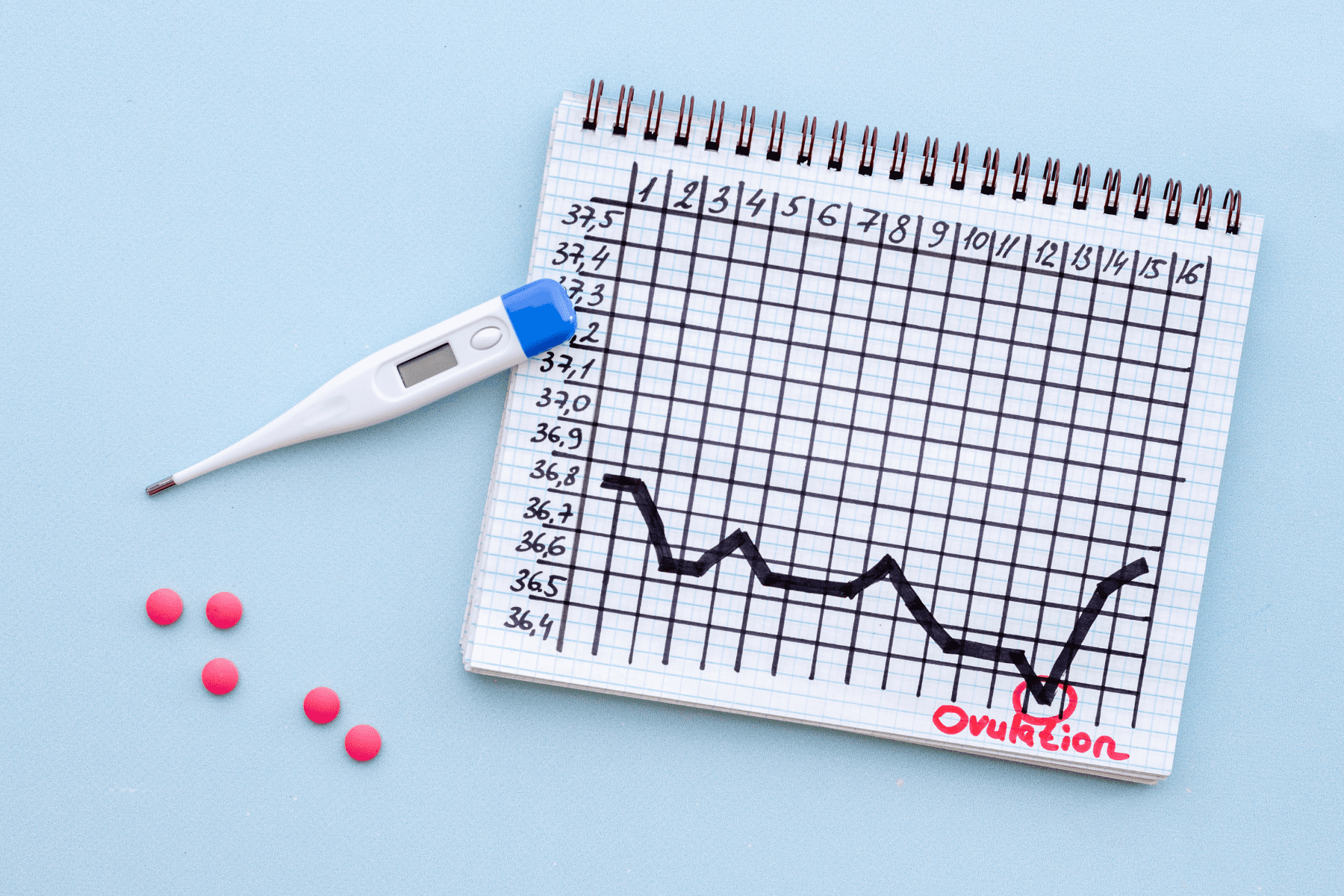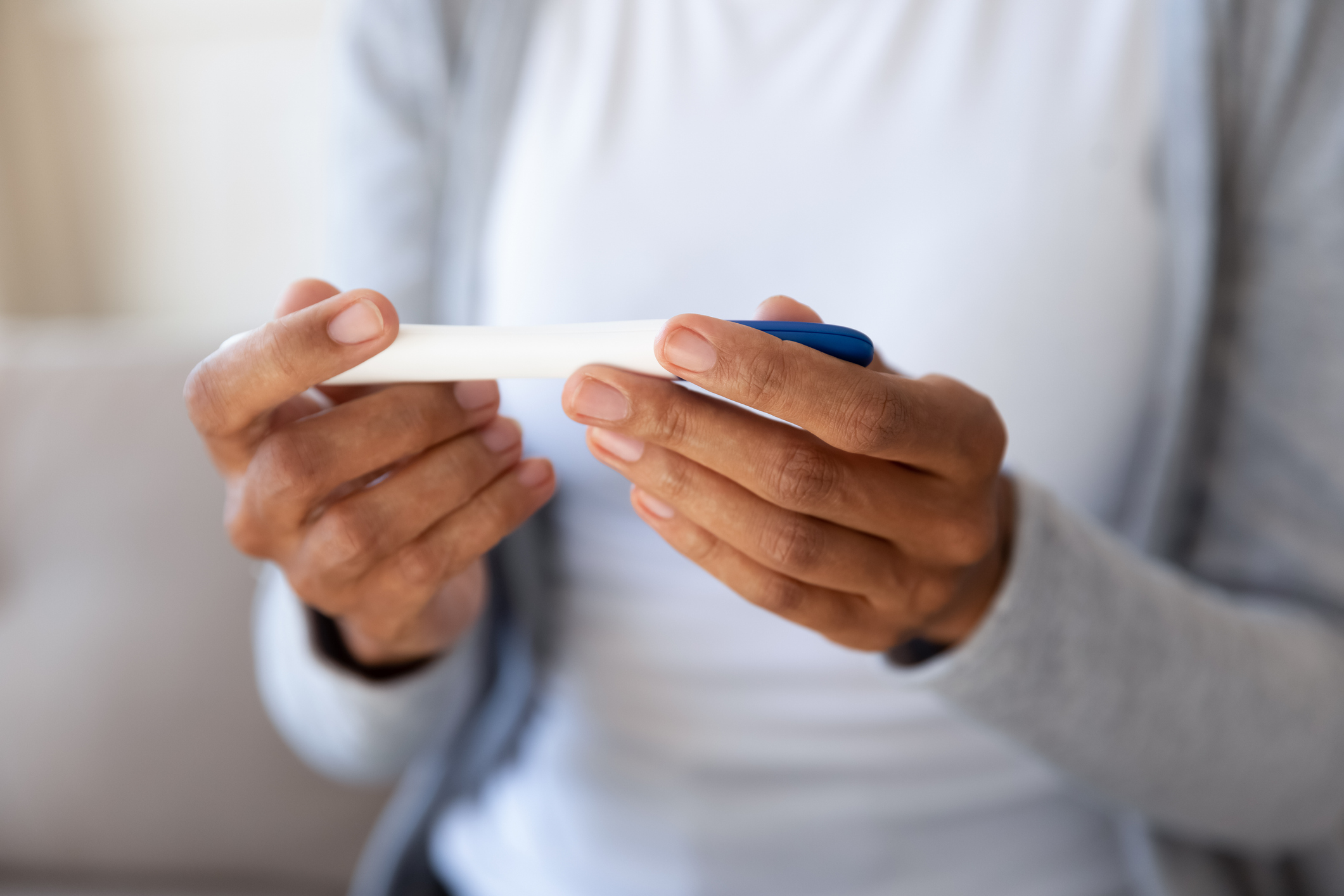When it comes to boosting (or hindering) your fertility, there are a variety of little-known environmental exposures that can quietly harm the reproductive potential of women and men.
Chemical and environmental toxins are ubiquitous in the environment. Believe it or not, it is estimated that women are exposed to at least 43 chemicals during pregnancy. Those chemicals can cross the placental border and lead to prenatal exposure and disease.
Limiting exposure can boost fertility potential and keep mama and baby healthy during pregnancy. I’d like to guide you through the four biggest culprits and how to steer clear.
Heavy metals can harm fertility
Heavy metals such as mercury, lead and cadmium can wreak havoc on fertility.
A study of infertile couples assessed whether preconception exposure to lead, mercury, and cadmium affects IVF outcomes. The researchers found that increased cadmium levels were associated with decreased egg fertilization and embryo implantation rates.
Mercury, a neurotoxin linked to low IQ as well as poor language and motor development, can be found in face lotions created outside the U.S. and in mercury thermometers. It can also leach into the water as an industrial by-product and as a result, there are fish known to have high mercury levels: king mackerel, shark, swordfish, marlin, orange roughy, and bigeye tuna. These fish should be avoided in pregnant and breastfeeding women and limited in women attempting to conceive. That being said, fish is an important source of protein, healthy fats and omega-3s. Aim for 1-2 servings each week of fish lower in mercury, such as salmon and shrimp.
Lead is found in old homes and those renovating an old home. It can also be found in traditional remedies, jewelry, imported pottery, and pica. Lead is also a neurotoxin and linked to pregnancy-induced hypertension and miscarriage.
Cadmium is found in rechargeable batteries, plastic production, organ meats, paint pigment, tobacco smoke and pesticides on produce. Elevated levels can lead to emotional issues in boys, low birth weight and smaller head size in children. In men, cadmium is linked to decreased sperm quality, motility, and testosterone levels. In women, cadmium can lead to irregular cycles.
Wherever possible, avoid exposure sources. If you’re unsure, undergo screening for mercury, lead, cadmium exposure.
Pesticides impact health of both mother and baby
Estimates show 90% of the population has detectable levels of pesticides in blood and urine samples. Pesticides can persist in the environment, slowly degrading and contaminating our food, water, air, dust, and soil. Preconception and pregnancy pesticide exposure can impact the health of mother and baby. It has been linked to intrauterine growth reduction, pregnancy loss, low birth weight, decreased IQ, and higher levels of leukemia and testicular cancer in children. It is best to avoid pesticides and insecticides in the home and on pets. Those working in agriculture should wash their hands after work, wear appropriate protective gear and remove shoes prior to entering the home. It is important to opt for organic produce, in particular for the following items, known as the Dirty Dozen: grapes, plums, peaches, string beans, potatoes, kale, strawberries, apples, pears, spinach, celery, and peppers.
Endocrine disruptors such as BPA can impact egg quality
Endocrine-disrupting chemicals can interfere with hormone production and impact reproductive outcomes. The three main chemicals of concern are bisphenol A (BPA), phthalates, and polybrominated diethyl ethers (PBDEs).
BPA is found in plastics, metal can liners, cash register receipts, computers, cell phones, and reusable food containers. BPA exposure can occur from inhalation, ingestion and skin absorption. BPA can negatively impact egg quality, embryo development, rates of genetic normality and development of the placenta. Concerns around BPA have led to “BPA-free” plastics, which often use bisphenol S, an equally harmful compound. To avoid these chemicals, limit the use of plastic containers, especially reheating in microwaves, and switch from plastic containers to glass and stainless steel. Avoid taking cash register receipts printed on thermal paper and avoid canned foods and bottled water with the number 3 or 7 stamped on the bottom.
Phthalates are synthetic compounds found in toys, food processing, IV tubing, body lotions, and floor processors. A study exploring environmental exposures on IVF outcomes suggests that phthalates can lower pregnancy rates and the number of eggs retrieved while increasing the risk of pregnancy loss prior to 20 weeks as well as premature birth. Exposure in men has been linked to higher levels of sperm DNA damage. Replace plastic with glass or steel for cooking and drinking, minimize heating foods in plastic and minimize fast or processed foods.
PBDEs are flame retardants used on upholstered furniture, textiles, carpeting, and electronics. In the U.S. they are now mostly replaced with flame retardant alternatives. The bad news is that they have a half-life of up to 12 years. In California where flame retardants are more often used, exposure in pregnancy has been linked to maternal thyroid abnormalities. Other studies suggest an increased prevalence of pregnancy loss in 28% of patients with higher levels of PBDEs during the preconception period. Similarly, higher levels in children during the neurodevelopment period have been linked to lower IQ or decreased attention in children. If you are concerned about exposure in the workplace, inquire to learn more. Should exposure be present, take off shoes and wash hands prior to entering the home. Before purchasing furniture, ensure it does not have PBDEs and minimize child exposure to newly upholstered furniture with PBDEs.
Air pollution can have adverse pregnancy outcomes
Studies have suggested a relationship between air pollution and adverse pregnancy outcomes such as early pregnancy loss, stillbirth, preterm delivery, and low birth weight. Study findings correlate air pollution to pregnancy loss and lower IQ in children. A study exploring the impact of living near a highway also showed higher rates of infertility. Although it is difficult to control the environment, avoid the outdoors during times of poor air quality and use HEPA filters in the home.
Okay, take a deep breath – we know this list can be overwhelming! Knowledge and awareness is the first step. Focus on the exposures you feel are most likely in your life and then work your way down the list. Small changes can lead to positive changes in fertility and overall well-being!
Medical contribution by Jennifer Hirshfeld-Cytron, M.D.
Dr. Hirshfeld-Cytron is board certified in both Obstetrics and Gynecology and Reproductive Endocrinology and Infertility and has been practicing medicine since 2004. She completed her Obstetrics and Gynecology residency at the University of Chicago, and then completed her three-year fellowship in Reproductive Endocrinology and Infertility at Northwestern.








